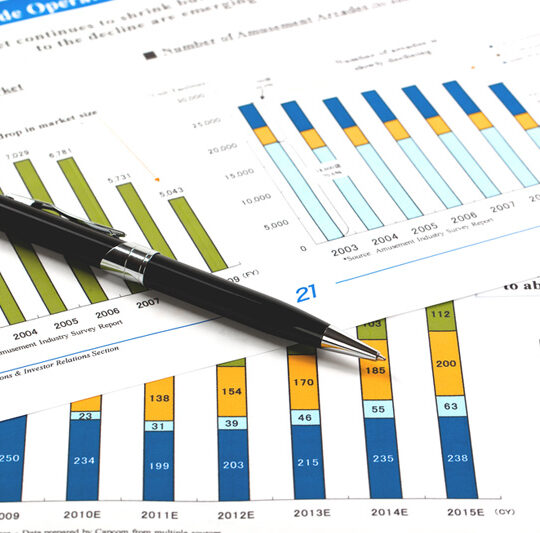
Tags :access:meteredssts:moneysstsn:Moneytag:Analysistag:Campaigns & Electionstag:Democratic Partytag:Donald Trumptag:Economicstag:Economytag:Economy Newstag:Federal Reserve Systemtag:Immigrationtag:Joe Bidentag:Overall Negativetag:Politicstag:Republican Partytag:Social Issues & Advocacytag:To the Pointtag:Visa & Immigrationtype:story
add a comment













